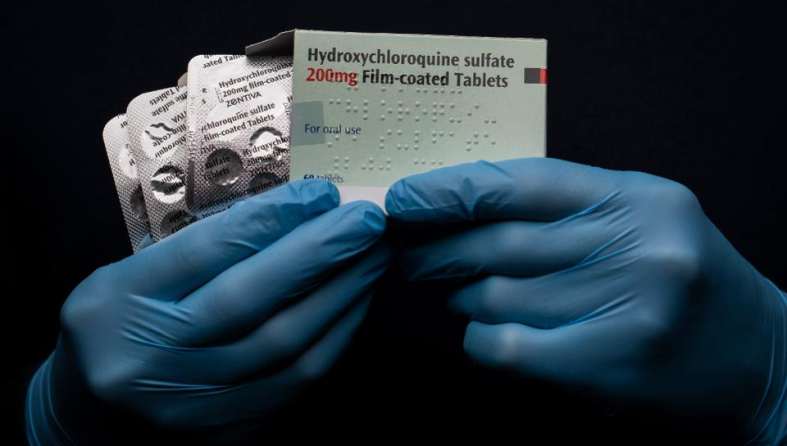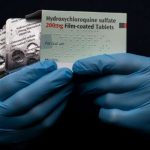Hydroxychloroquine prescriptions surged 2,000% in March after President Trump touted the malaria drug

Americans ignored all the warnings from WHO and CDC as prescriptions for the malaria drug hydroxychloroquine skyrocketed after the President Trump touted the drug as a potential game-changer. According to a new study published in the Journal of the American Medical Association (JAMA), the U.S. prescriptions for malaria drug hydroxychloroquine surged nearly 2,000% in March when President Donald Trump first promoted the drug as a potential treatment for the coronavirus.
There were 45,858 short-term prescription fills for hydroxychloroquine and chloroquine during the week of March 15 to March 21, compared to 2,208 during the same period 2019, according to researchers at Brigham and Women’s Hospital and Harvard Medical School whose findings were published Thursday.
The researchers said 28-to-60 day and 61-plus day prescriptions generally used by people with chronic conditions like Lupus jumped 179% and 182%, respectively, during that week. They said overall there were 483,425 excess prescriptions fills of hydroxychloroquine and chloroquine in the 10 weeks from Feb. 16 to April 25 examined by the study.
Just last week, a study published in medical journal The Lancet found that hospitalized COVID-19 patients treated with hydroxychloroquine had a higher risk of death than those who didn’t take it. However, as we reported yesterday, it turns out Surgisphere Corp, a healthcare data analytics and medical education company, was caught falsifying the underlying data used for the Lancet study. The result of the study was later used by WHO to halt trials for Covid-19.
In the meantime, the JAMA study found that there were 483 425 excess fills of hydroxychloroquine/chloroquine in during the 10-week period in 2020 compared with 2019.
Fills for all drugs, except amoxicillin and hydrocodone-acetaminophen, peaked during the week of March 15 to March 21, 2020, followed by subsequent declines (Figure, A). During this week, hydroxychloroquine/chloroquine fills increased from 2208 in 2019 to 45 858 prescriptions for fewer than 28 tablet fills (+1977.0% increase), 70 472 to 196 606 prescriptions for 28 to 60 tablet fills (+179.0%), and 44 245 to 124 833 prescriptions for more than 60 tablet fills (+182.1%) (Figure, B). At study end, these increases remained sustained for fewer than 28 tablet fills (+848.4%) and 28 to 60 tablet fills (+53.3%), while more than 60 tablet fills of hydroxychloroquine/chloroquine were below 2019 estimates (−64.0% decrease). Overall, there were 483 425 excess fills of hydroxychloroquine/chloroquine during the 10-week period in 2020 compared with 2019.
JAMA concluded with the following:
The limitations of the study included that prescription indications, patient or prescriber information, new or refill prescription status, or barriers to access could not be accounted for. Mechanisms to safeguard patients against both overprescription and drug shortages during public health crises should be explored.

